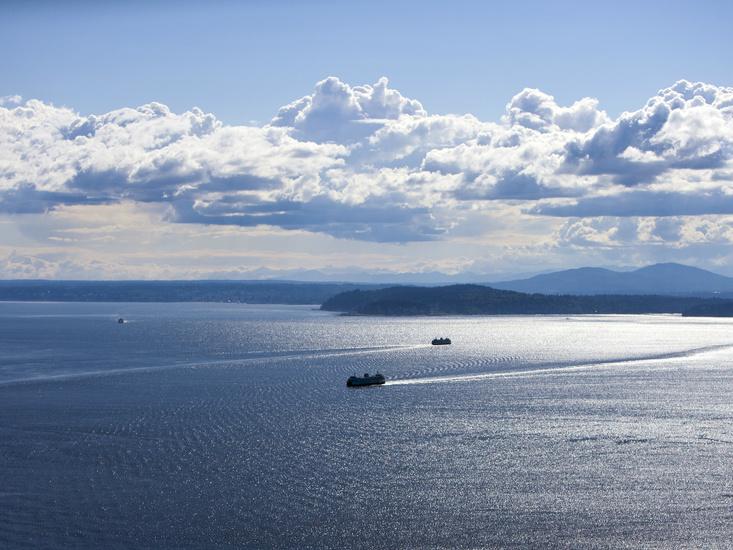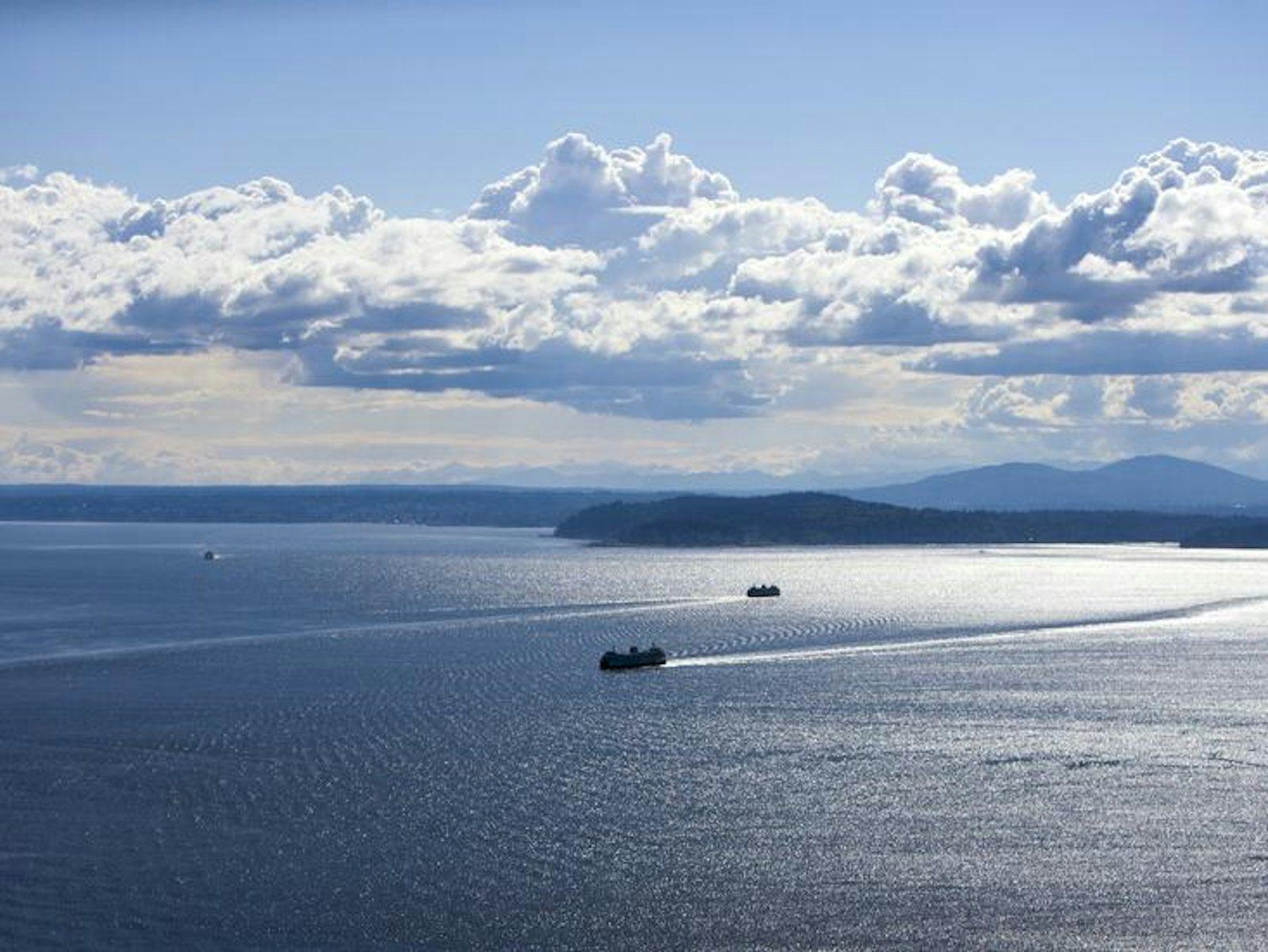In 1972 the Club of Rome, an international think tank, commissioned four scientists to use computers to model the human future. The result was the infamous Limits to Growth that crashed into world culture like an asteroid from space. Collapse, calamity, and chaos were the media take-aways from the book, even though the authors tried hard to explain they weren’t making predictions but only exploring what would happen if population and economies continued their exponential growth. People, however, wanted predictions even if the book wasn’t really offering them. That gap between the authors’ intentions and the book’s reception tells us something critical about flaws in the way we think about the long-term future. Just as important, it points to new and different ways to think about the future at this strange moment in human history, when that future is so uncertain.

The real point to emerge from the crude (by today’s standards) simulations in The Limits of Growth was that…duh… growth had limits. Using the language of coupled non-linear differential equations, the authors modeled the interaction between population and resources on a finite planet. The stunning prediction of those models was that collapse, rather than steady state, was one very real “solution” to the system. The visual cue to this nasty future was the simple trajectory of a black line on a printout of population vs. time. That was really all folks needed. Follow the line. If it leveled off things would be great. If it plummets we are, by definition, all doomed.
What happened next was a battle over the details of that line and its trajectory. Would it really plummet, and if so, when, exactly, would it do that—i.e., how many years left till collapse? Economists, environmentalists, political scientists, and politicians began duking it out over these questions, and they haven’t stopped yet. But as climate change and resource depletion began spreading from scientific journals to headlines, it became clear these kinds of fights are missing the point. For the boots-on-the-ground folks—urban planners who must start planning and building now—something very different is needed.
That is a great irony of the challenge human culture must deal with now. On the one hand we can predict the future. Our science makes it pretty damn clear that a rapidly changing planet is in the cards over the next 30 to 50 to 100 years. On the other hand, there is no way to accurately predict all the ways a city like New York or Seattle will be affected by those changes. For folks charged with ensuring the specifics of human culture are resilient in the face of those changes, the Club of Rome-style computer models can’t deal with the way uncertainty spreads the further we look into the future. It’s hard enough to predict snowpack a year in advance; how is a city to understand and plan for changes given changing climate conditions and population levels 50 years in advance?
To make that leap we need to go beyond predicting the future and begin telling the future.
We need to begin thinking in terms of “scenarios.”
Recently I spent time with Marina Alberti and her urban ecology research group at the University of Washington. Alberti introduced me to the concept of scenarios through a large project she completed studying water use in the Snohomish River basin and Puget Sound area, including Seattle, over the next several decades. Scenarios, her report explains, are necessary for thinking long-term.
“Future trends become highly uncertain, even with sophisticated predictive models. People not even yet born will be leaders in the [Snohomish] Basin. Buildings, bridges, levees, power lines will likely be torn down and rebuilt or redesigned. Technology we cannot even conceive of today might be a household staple. Climate impacts may fundamentally alter hydrological systems, such that miles of estuaries are transformed to salt marshes, and hundreds of acres of snowfields may disappear, exposing vegetation year-round for the first time in centuries. When we think fifty years out, what we know, even what we anticipate with models, becomes dwarfed by untested hypotheses.”
Thus mathematical models of the Club of Rome style are the wrong tool, or at least not the only tool. What scenarios offer is a way to embrace uncertainty by swallowing it whole. They are informed narratives using the best science and best experience to provide “alternative descriptions or stories of how the future might unfold.” According to Alberti, the concept of scenarios has something of proven track record in more limited applications. “It was introduced a long time ago by Dutch Shell,” she says. “It’s still used for it’s power to foresee plausible futures in industry, military, and finance,” but “in ecological science the use is more recent.”
Alberti’s report makes it clear how scenarios can be used in urban ecology:
“Scenarios bring together information about different trends and possibilities into internally consistent stories of possible futures…For example, how might a combination of regional growth in resource industries and major decline in snowpack influence our ability to restore floodplains differently than a combination of regional growth in biotech and minimal snowpack decline?”
Scenarios are constructed in a four-step process in which the central question is first defined and focused (e.g., future water use/availability). Then the most important drivers affecting that focus are identified (climate change, industrial growth), and then ranked according to their potency. The last step is to create scenarios in which the drivers are switched between high/low states (e.g., snowpack falls/snowpack increases) that then create “logics” for organizing a set of possible futures. These logics are the narratives in a scenario (e.g., “if the snowpack falls, then the industrial bases will be starved of water and…). In the end, what one has is not a future but boundary conditions for many futures. As the report states,
“The final set of conditions described [in the scenarios] attempt to represent the most dramatically different ways in which the future may challenge our decision making, not the most likely or the most appealing. Scenarios help us characterize divergent pathways when reducing future uncertainty is not appropriate.”
Scenarios are just one tool for us as the real world of climate change and resource depletion emerges. In the face of these changes, we have become tasked with rapidly rebuilding human culture to be both resilient and sustainable. It is uncertain how that can or should happen. But that uncertainty can’t be allowed cripple us, because one way or another, we are making bets on the future. If we can use our creativity to rethink what thinking about the future means, then, perhaps, we have a good shot of making winning bets.
Adam Frank, a professor of physics and astronomy at the University of Rochester, is the author of About Time: Cosmology and Culture at the Twilight of the Big Bang and a co-founder of NPR’s “13.7 Cosmos and Culture” blog.
This Facts So Romantic post originally ran in July, 2013.


























